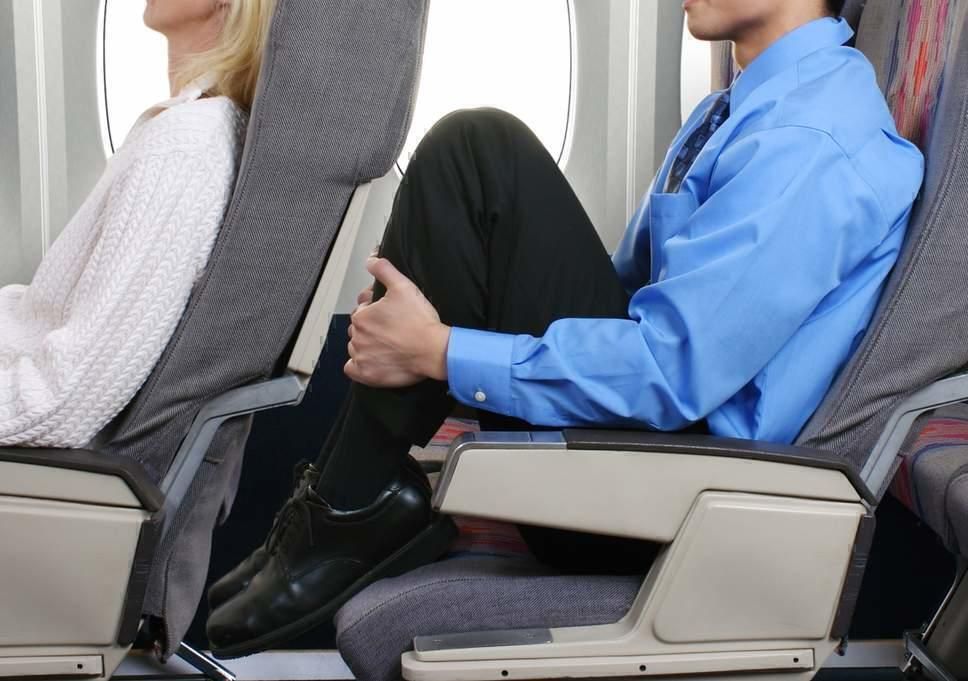The US government is on the cusp of putting in place regulations regarding the size of airline seats. Voting 93-6, the Senate agreed to pass legislation that will limit the minimum airline seat size allowed on US flights.
The bill says that the Federal Airline Administration (FAA) must set standards for the sizes of airline seats under something known as the SEAT Act. It would give the agency a year to come up with a minimum airline seat size, both in terms of seat width and the space between each seat.
At the moment, economy seats range in size from the 18.5” width and 33” pitch offered by Cathay Pacific to the 16” of width found on some United aircraft and the 29” pitch on short haul Spirit Airlines flights.
Having been passed by the house, the legislation now just needs to be signed into law by Donald Trump.
The Seat Egress in Air Travel (SEAT) Act
The Act itself would standardise seating, by putting in place a minimum dimension for an acceptable airline seat. The consequence of this could be that some airlines could be forced to refit cabins if they fell below the stipulated minimum.
This could be bad news for American Airlines, who are currently in the process of refitting their 737-800s with 22 additional seats, at the detriment of the passenger’s legroom. Those airlines with the largest economy, business and first class seats almost certainly have nothing to worry about.
We won’t know for a year what the FAA seat sizes will be, but if they get it right, it could be good news for passengers otherwise faced with increasingly shrinking seats. Once in place, the US will be the first country in the world to have regulated airline seat sizes.
How big will the FAA seat sizes be?
It’s difficult to speculate on the dimensions that will be chosen. We would hope that the FAA would take an industry average of, say, 18” width and 30” pitch. However, judging by their current track record, we don’t hold out much hope.
Back in 2015, advocacy group Flyers Rights petitioned the FAA to implement regulated airline seat sizes. They based this on evidence of DVT risk, as well as the increase in obesity in the US. The FAA declined to act.
In June 2017, Flyers Rights took the FAA to court in a bid to have a minimum airline seat size established. As well as previous arguments, they claimed that cramped conditions could slow evacuation in an emergency situation. Again, the FAA denied there was any issue.
The court told the FAA to come up with a better argument, as most of their data was outdated or irrelevant. Despite passenger complaints and the federal court case, the FAA still declined to act.
In a letter to Flyers Rights following the court case, the FAA said it had “no evidence that current seat sizes are a factor in evacuation speed” and that it believed “seat pitch is unlikely to go below 27 inches under current technology and regulations.”
Excuse me? 27 inches? Twenty. Seven. Inches.
Ouch.
Although this new legislation will force the hand of the FAA to set a minimum airline seat size, it doesn't force them to make that seat size comfortable. In reality, we’re not expecting their selected seat size to be any larger than the very smallest of seats out there right now. Time to save those points and travel business my friends.
Also in the Act…
Other inclusions in the Act have been approved to make flying a better experience for everyone. Firstly, airlines will be barred for ejecting passengers already boarded on a plane. This will hopefully ensure that situations such as United’s passenger dragging incident of 2017 are a thing of the past.
It also instructs airlines to have better communication with passengers around delays to flights. Set rules will be introduced regarding emotional-support animals on planes, and no airline will be allowed to let passengers make voice calls in flight.
Also worth mentioning is what didn’t get approval in the bill. Privatisation of the US air traffic control system was thrown out. More disappointingly, negotiators dropped a proposal to crack down on ‘unreasonable’ airline fees.

